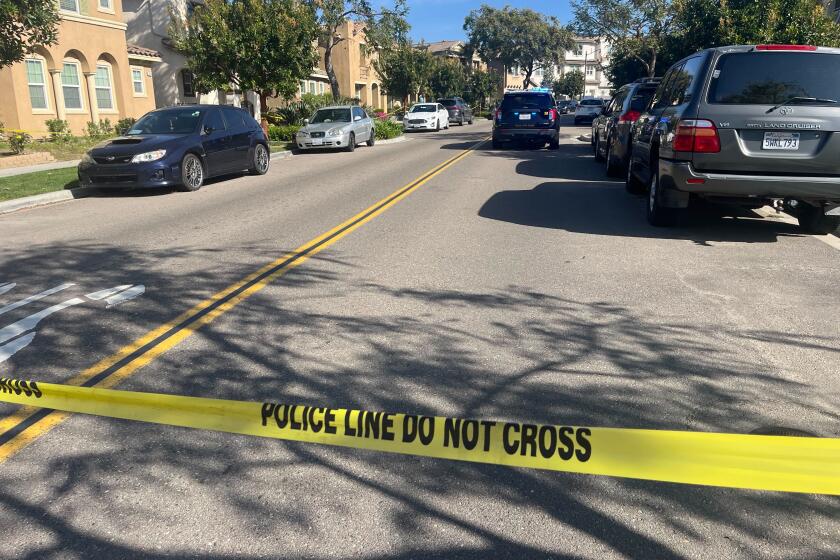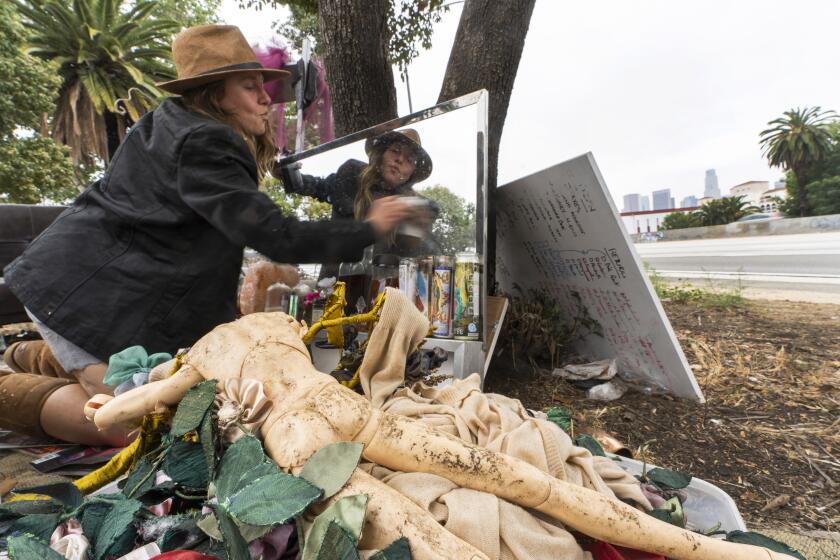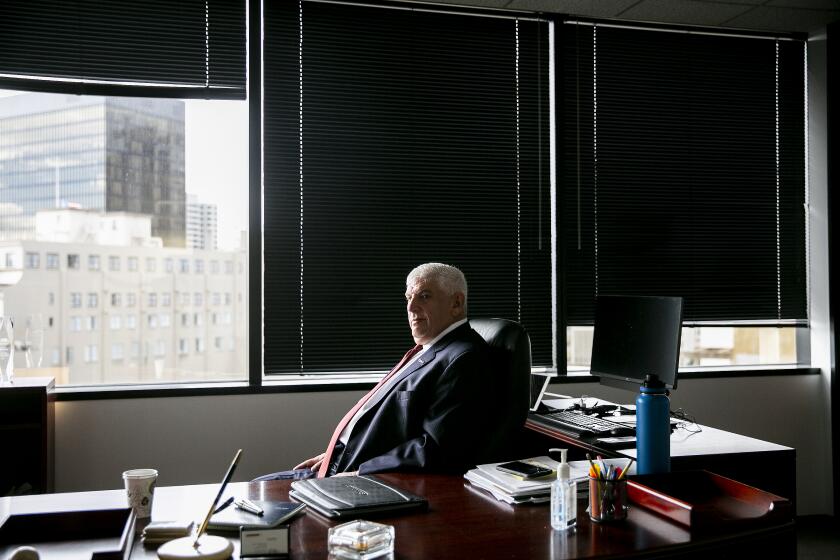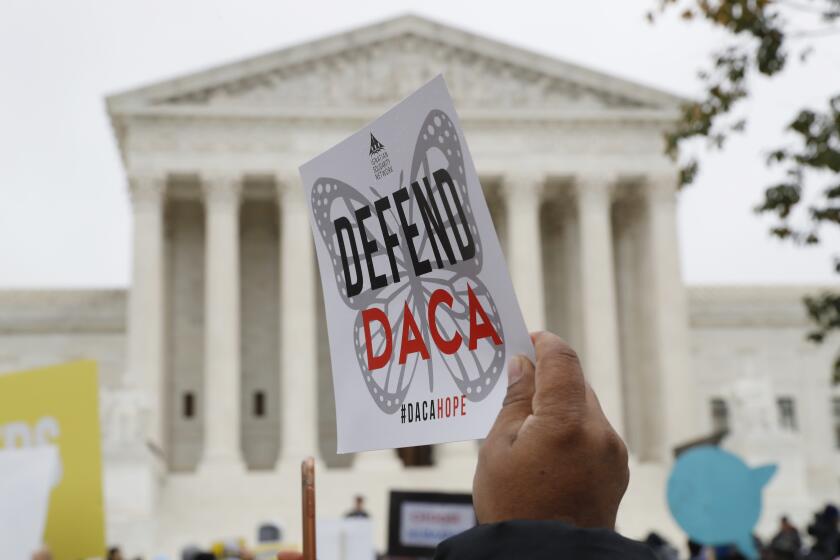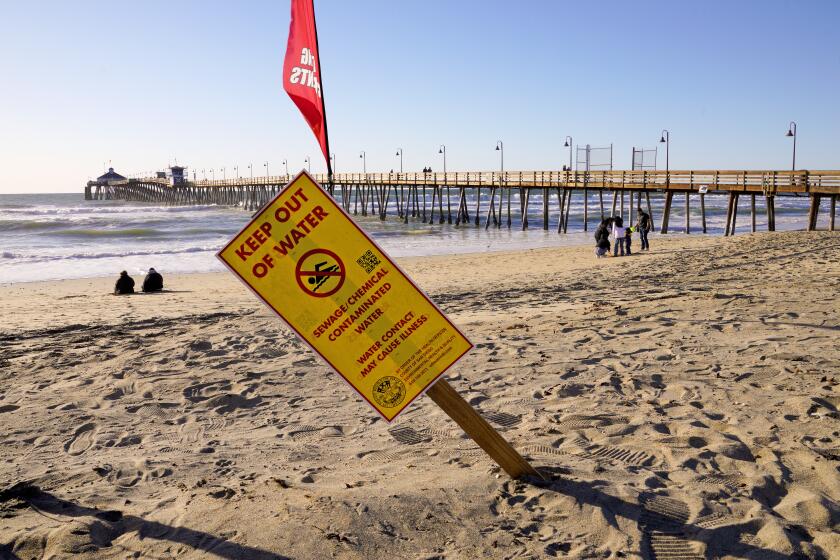Opinion: Is new San Diego City Hall plan a smart vision or a 101 Ash Street deal on steroids?
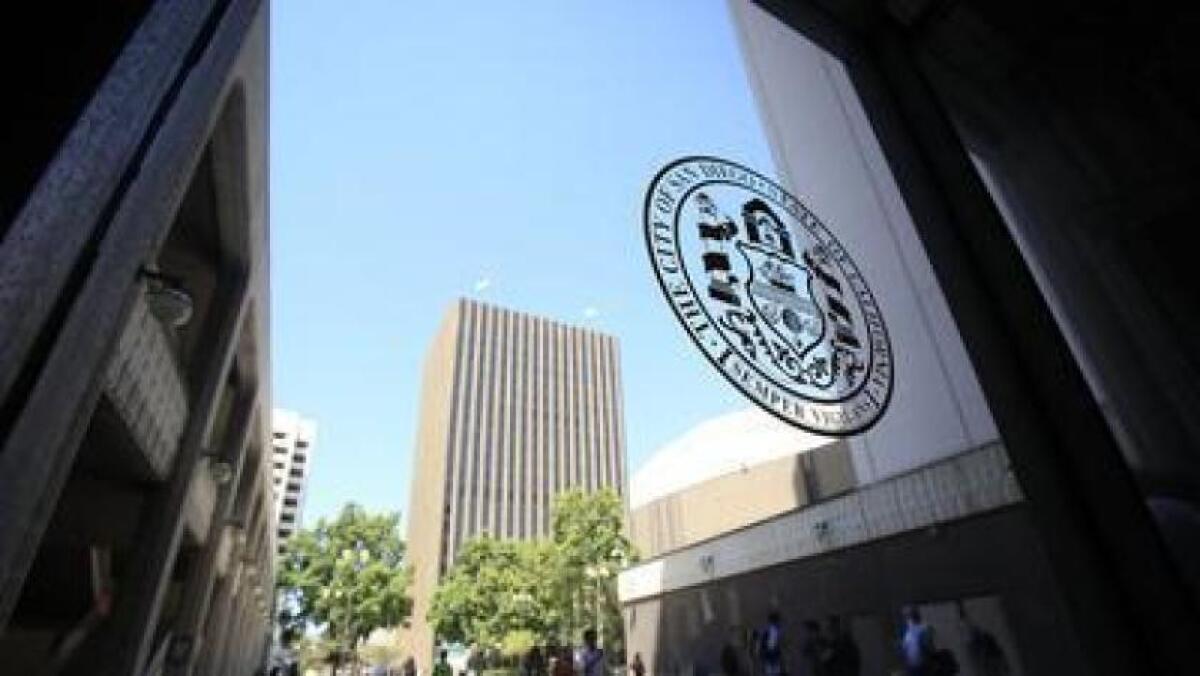
The editorial board operates independently from the U-T newsroom but holds itself to similar ethical standards. We base our editorials and endorsements on reporting, interviews and rigorous debate, and strive for accuracy, fairness and civility in our section. Disagree? Let us know.
San Diego’s elected leaders have made so many bad real estate deals in recent years that “whatever can go wrong, will go wrong” might as well be standard on city stationery. The most unforgivable example was the the city’s 2016 agreement to enter into a 20-year, $127 million lease-to-own deal for the former Sempra Energy headquarters, a 19-story office building at 101 Ash Street, even though two years earlier a Sempra consultant had publicly said the decrepit building was “functionally obsolete.” The consultant was right. The building needs at least $115 million in repairs before it can ever be used. The legal fallout from the atrocious decision continues to unfold, with the most recent development coming last week when real estate broker Jason Hughes pleaded guilty to a misdemeanor conflict-of-interest charge for advising Mayor Kevin Faulconer to accept the Ash Street deal and one for the nearby Civic Center Plaza and then getting $9.4 million in payments from the seller. That Hughes is giving what he was paid to the city as part of his plea agreement is an extremely minor consolation.
This debacle should have had a chastening effect on city leaders. But has it? A bold new proposal from Faulconer’s successor as mayor — Todd Gloria — can’t help but raise questions about what his takeaways were from the city’s nightmares. Next month, Gloria plans to ask the City Council to take the initial steps toward what he bills as the “Civic Center Revitalization” — a grand makeover of a six-block Downtown area that includes the Ash Street building and Civic Center Plaza, the badly worn City Administration Building, Golden Hall, a public plaza, a parking garage and the 3,000-seat Civic Theatre. Besides building a new main city office building, the plan calls for working with developers to add thousands of new residential units on the five other blocks, with many reserved for low- and moderate-income families because of the requirements of the Surplus Land Act, a state law.
The mayor’s office responded Friday by email to questions about the project from an editorial writer. Among Gloria’s key points: The city will rely on experienced consultants — not just to evaluate proposals but to determine how many city jobs can be done partly or entirely on a remote basis — and not presume to have adequate in-house expertise. The mayor acknowledges the “serious problems and failures of past real estate and land deals” and has learned from and acted to correct them — but will not “let the failures of the past paralyze the city and prevent his administration from moving forward on the clear need to redevelop valuable, underused land.” Gloria doesn’t believe that concerns about “failing downtowns” in cities such as San Francisco that have emerged since the COVID-19 pandemic began in 2020 apply to San Diego. Finally, he thinks there is a good chance that the new City Administration Building can be mostly or entirely paid for “without impacting current city services” because of revenue from the redevelopment of the five other blocks and because the city would no longer have to spend $7.3 million a year in rent on office leases and another $2 million to $3 million a year “putting Band-Aids on the current dilapidated building.”
Here are the key points The San Diego Union-Tribune Editorial Board makes in response: Consultants are often hired by local governments precisely because they will tell those paying them what they want to hear. That must not happen this time. A large majority of the public doesn’t buy the need for a grandly impressive City Hall, even if a committee advising the mayor does. Many San Diegans would be fine with large, air-conditioned military-style Quonset huts. Finally, nearly 30 years after the pension fiasco began, the city’s finances remain a mess. It’s on the City Council every bit as much as the mayor to ensure that taking on a bold new project does not force a reduction in needed services.
Gloria is right that the “failures of the past” must not “paralyze” the city. But these debacles should inform every big decision that San Diego’s leaders make. If warning signs emerge that indicate Gloria’s initiative could become 101 Ash Street on steroids, they must be heeded, not ignored — even if that breaks with city tradition.
Get Essential San Diego, weekday mornings
Get top headlines from the Union-Tribune in your inbox weekday mornings, including top news, local, sports, business, entertainment and opinion.
You may occasionally receive promotional content from the San Diego Union-Tribune.

